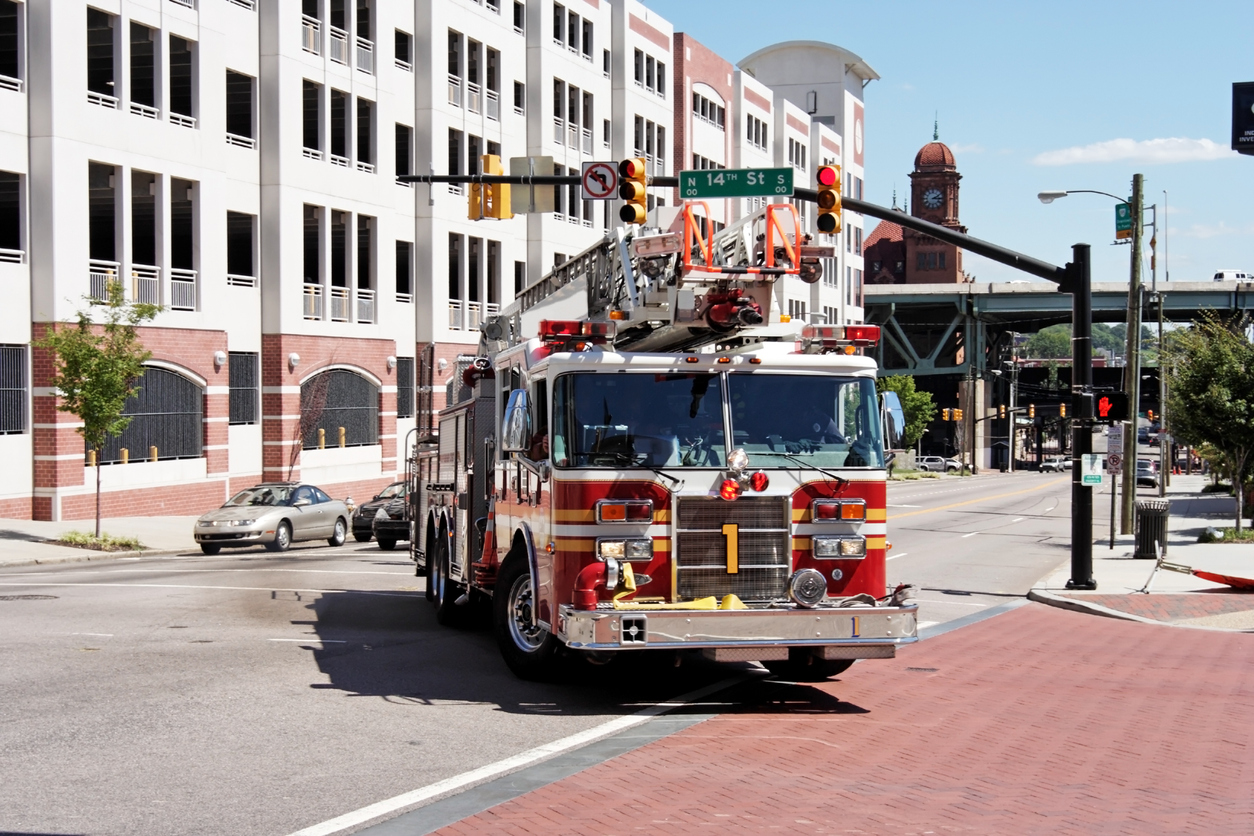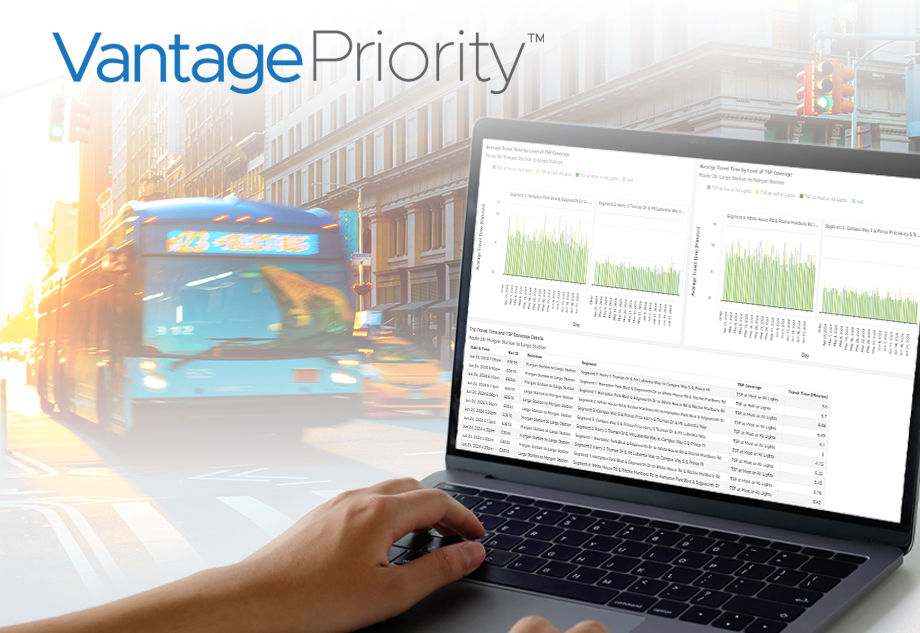
Melting the Glacier – Part 6: How Situational Awareness Can Save Lives

In the final instalment of his six-part blog series on “melting the glacier” of traffic technology adoption, which outlines the five major ways transportation agencies are increasingly embracing so many of the life-saving, mobility-improving strategies that are available today, Iteris’ Mark Nogaki argues that utilizing state-of-the-art hardware and software solutions to truly understand what is happening at an intersection, and to whom, can help to develop behavioral models they can act upon to improve safety and mobility.
Looking back at what now seems like endless months of the COVID-19 pandemic, it has been remarkable how behaviors have changed both inside and outside of the home. For example, I think banana bread consumption per capita has probably risen exponentially. If what I see out of my living room window is any evidence, I think dogs are taking more laps around their neighborhood than ever before. Finally, and this is true in my own home, we’re playing more family games than ever before.
Which brings me to this final blog about situational awareness.
From cards to cars: modeling behavior
During the pandemic period, my nine-year-old son has developed a fondness for Uno, a popular card game that’s been around since 1971, and while it is largely based on luck of the draw, there’s still a reasonable amount of strategy to it. We mostly play a variant of Uno, called Uno Flip, where you play both sides of the cards: the “normal” side and the back side, which we call the “dark” side as it happens to have more of the “zinger” cards one uses to torment their opponents.
So what does this have to do with situational awareness?
Well, my son happens to win frequently – probably 75% of the time he wins, and it’s frequent that while he is putting down his last card and shouts out “Uno!”, my wife and I are oftentimes holding stacks of cards in our hands.
How?
It’s because he’s carefully observing and remembering the back sides of everyone’s card, while managing his cards – front and back. Remember that while we’re fanning out our cards, the back sides of the cards are exposed. Subsequently, my son continuously examines all the cards that mom and dad are holding, while also managing what cards he uses based on the front and back sides of the cards he’s holding. In other words, his advantage in situational awareness makes him that much more efficient as he plays his hands.
And he wins because of his awareness. Lessons from a nine-year-old.
Situational awareness in traffic management
Traffic management, and optimizing for mobility and safety, is all about situational awareness. Knowing when cars are at the stop bar or somewhere upstream is where intelligent traffic management begins. Today, inductive loops are still the most widely used form of vehicle detection on our streets. They’re crude but effective at detecting masses of metal, but certainly limited in their ability to transmit information other than whether an object is present. The problem with loops is that they don’t see anything, they just sense.
Going back to my Uno story: my son would be a lot less effective if the information he gained was simply a binary yes or no as to whether a particular card was present within the seven cards that his mom was holding. The fact that he can actually see the card and watch it being dealt brings him orders of magnitude more usable, predictive information. Plus, as he plays more and more hands, he starts learning the general behavior patterns of cards my wife or I play during certain situations, and when he combines that with knowledge about the cards we’re actually holding, he develops models and strategies in his mind that dictate his own strategies.
Whether my son realizes it or not, he has created behavioral models and is exercising them. More lessons from a nine-year-old.
But back to traffic…
That’s the difference between loops and, say, more advanced modes of detection that provide information on trajectory, speed and type of object – whether car, bicycle, pedestrian, truck and so on.
It’s about situational awareness and having access to information and data that can ultimately be used to develop a better traffic management solution.
And once you have this information, then you can utilize the information to solve more complex problems, such as optimizing mobility along a corridor, reacting to an accident or responding to a sudden platoon of pedestrians or bicyclists. Once you have this information, you’ll have more data that one can use for better modeling, most certainly to create better signal timing plans.
The safety factor
Aside from better mobility, there’s the safety aspect, which is perhaps even more important. According to the Federal Highway Administration, every year there are about 2.5 million accidents, with 50% of those happening in intersections, which, furthermore, account for 20% of fatal collisions. Among those, some 165,000 accidents are caused by red-light runners. Intersection safety is still a big problem and while technology can’t mitigate all incidents, it can certainly increase safety margins. Take red-light runners, for example: through the use of more advanced detection technologies, there are ways of lessening near misses through dilemma zone solutions that are now being deployed. There are also red-extend solutions whereby the detection equipment, working in conjunction with the traffic controller, will alter signal timings – ever so slightly – to help prevent collisions. We’re talking about seconds, but in traffic that’s all you need to avoid a bad or even deadly outcome.
All it takes is better situational awareness. In the long run, municipalities that invest in those technologies will not only future proof their streets, but also serve the betterment of their communities.
Loops work, but only to a point. It’s no secret that I work for a company that makes non-loop detection products. But I’ll say this on behalf of every company who is in the same business that I’m in: there’s no time like the present to plan for the obsolescence of all loops and to drive situational awareness, through video, radar, hybrid video plus radar, LIDAR, 3D radar and so on, to take our mobility and safety goals to the next level.
ICYMI: You can read earlier articles in Mark Nogaki's Melting the Glacier blog series at the following links:
About the Author

Mark Nogaki is vice president, sales and customer success, Roadway Sensors at Iteris.
Connect with Mark Nogaki on LinkedIn
 X
(Twitter)
X
(Twitter)
 Facebook
Facebook LinkedIn
LinkedIn Copy
Link
Copy
Link Email
Email

